Hepple Wilds
Landscape In Harbottle, Northumberland
Guided tours of a rewilding project on the Hepple Estate with links to Hepple Gin.
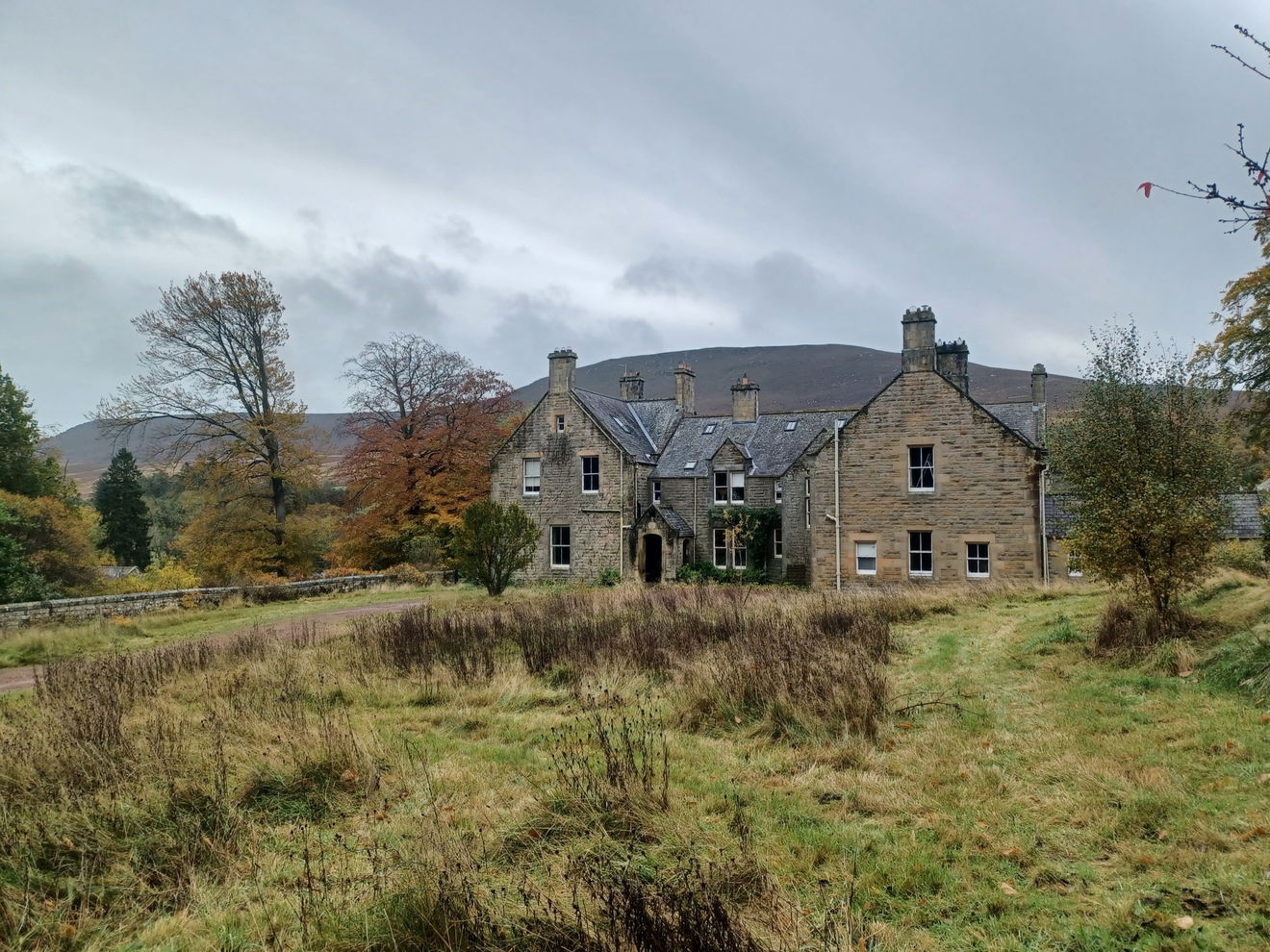
At Fabulous North we are big fans of walking, nature, the Northumberland countryside and history so when we were given the opportunity to take a tour with Hepple Wilds that combined all of the above and more, we felt it was an opportunity we couldn't miss out on! The fact that there was also an element of gin tasting thrown in had nothing to do with the decision either.




After a few nervous days of weather checking, we set off out to Hepple, in the Northumberland National Park, on an overcast but dry morning to meet up with Richard who would be our guide and font of all knowledge for the day. The morning started in a converted outbuilding near Whitefield House, the home of the Riddell Family who own and look after the land, with some introductions to our fellow visitors, preparation of our outdoor gear and most importantly a cup of tea or coffee.
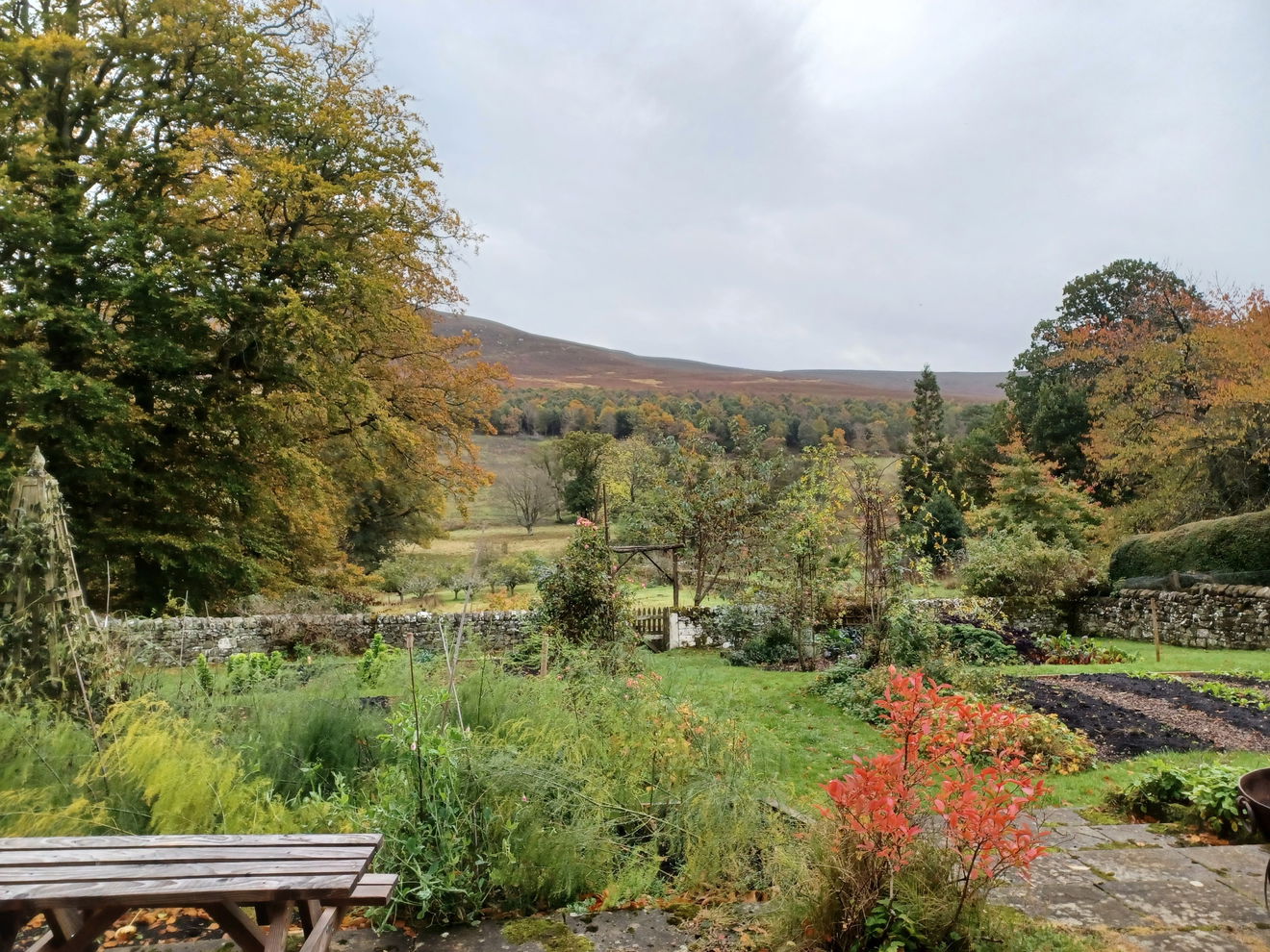
Richard gave us a bit of background on the Hepple Estate history, firstly as a managed Grouse shooting estate then, following changes implemented by the 14th Baronet, Walter Riddell, as the managed wilding project that it is today. In between this transition, during a visit to the estate by Walter's friend, Valentine Warner (the foraging chef), it was suggested that they should make a gin, and in 2014 Hepple Gin was formed with its first gin being released in 2015. That year between starting and releasing the gin was well spent, refining the recipe and experimenting with flavours before settling on the final result.
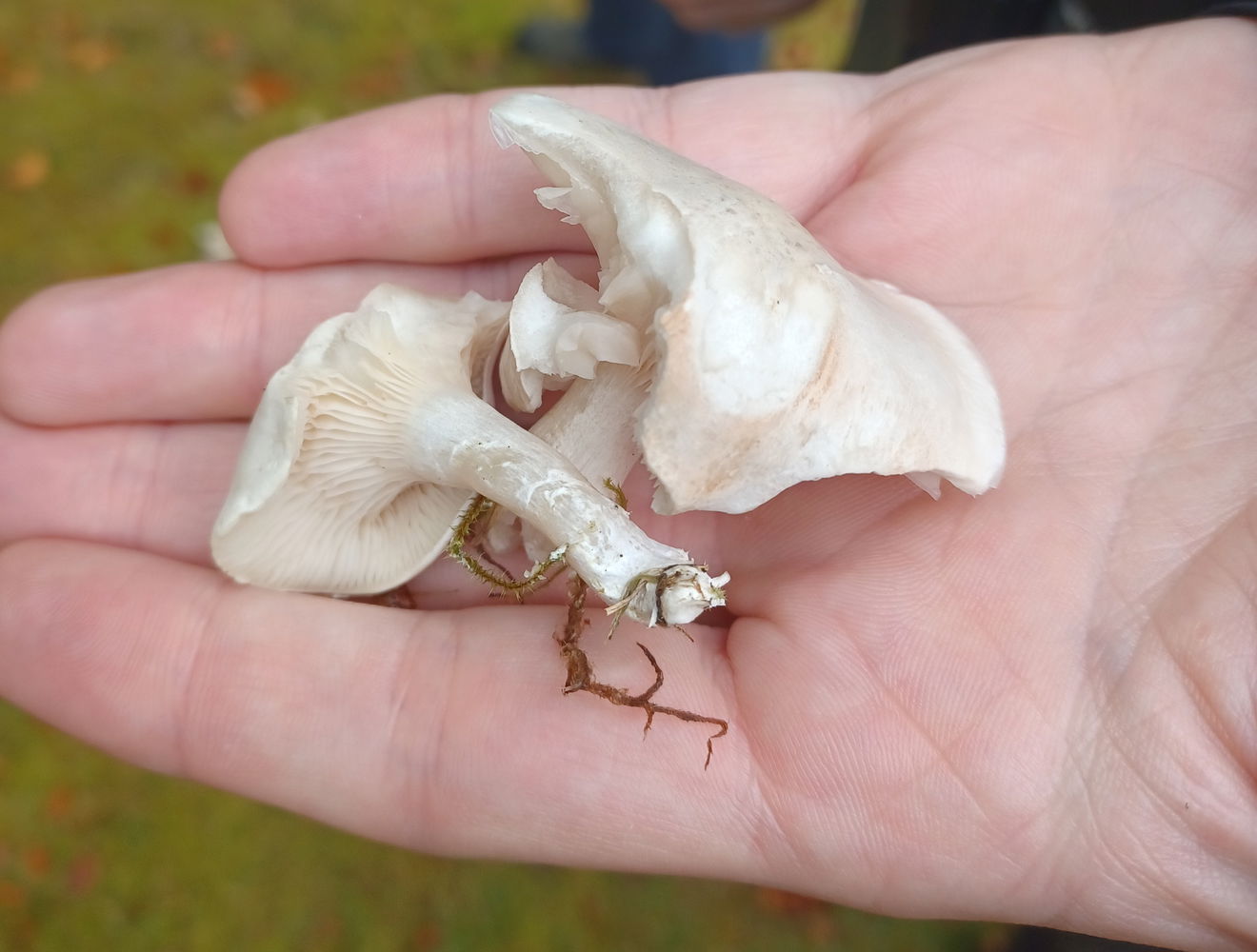
Heading out into the garden of Whitefield House we stopped at an area of fungi which Richard picked and passed round asking us what we thought they smelled of. They had a smell like raw bread dough or flour, which made sense as the fungi is known as The Miller.
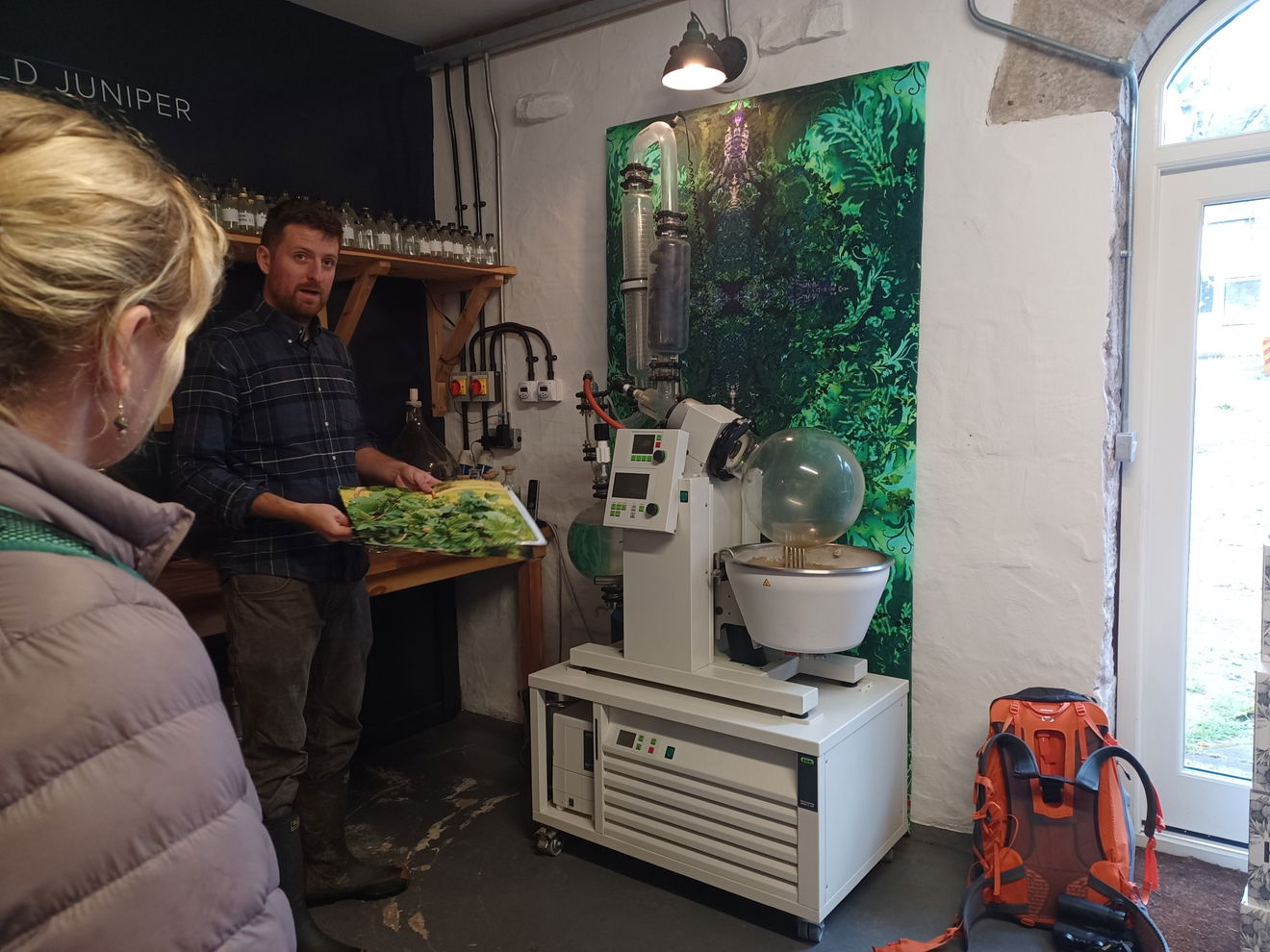
Continuing through the gardens, our first stop was a small cottage a short walk from the main house, which turned out to be the distillery. While small in size, there was more than enough room to house the copper gin still and other highly technical equipment needed to create Hepple Gin. Richard went through the processes involved in distilling and told us about the botanicals used in the gin which were foraged from the estate and which we would get to see up close and in the wild on our tour. One of the things on display in the distillery, and which gives you an insight into how much fun that year between forming and launch must have been, are some jars with each of the many, many recipes tried and rejected still in it... and there are lots of jars!
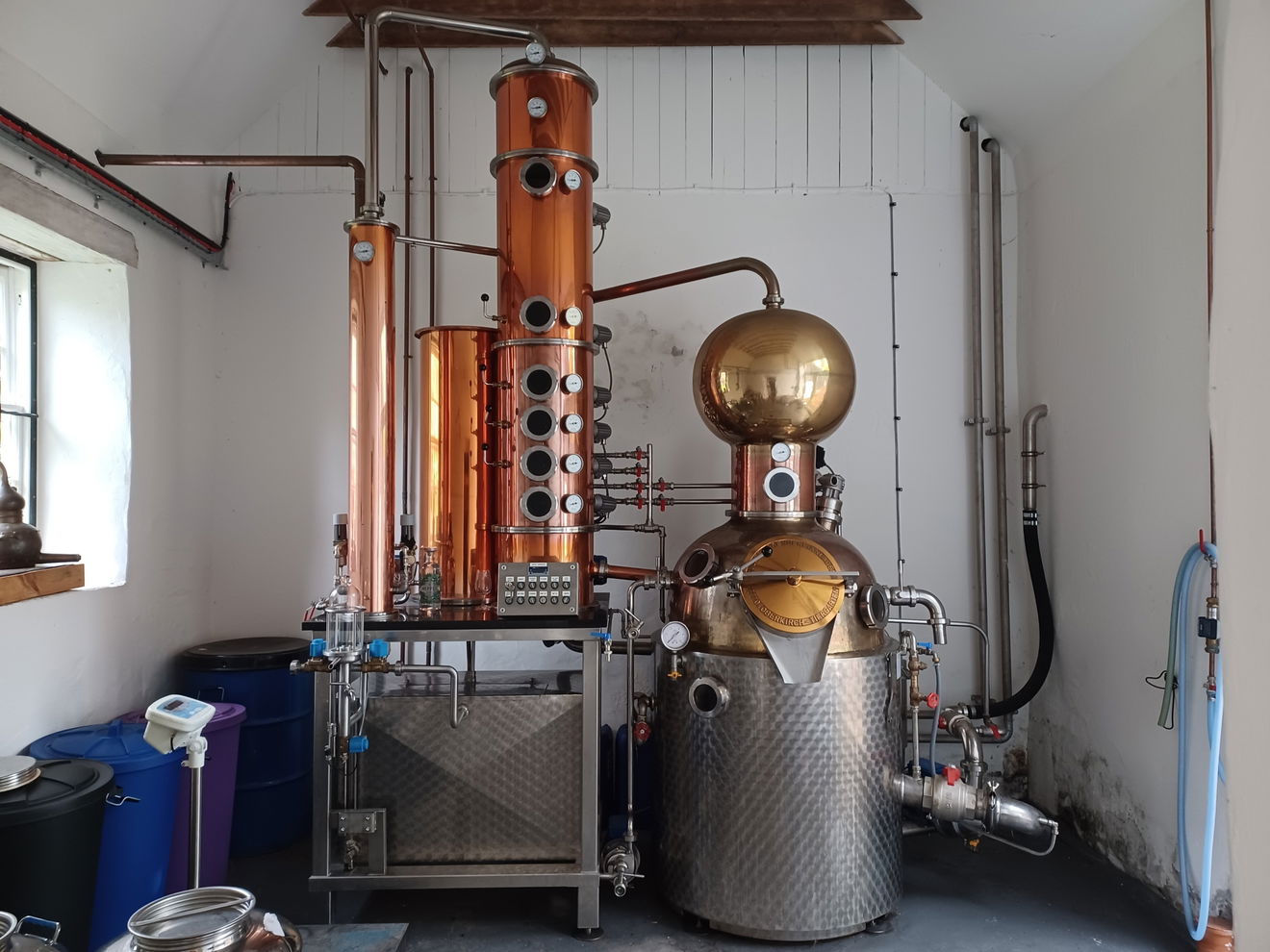
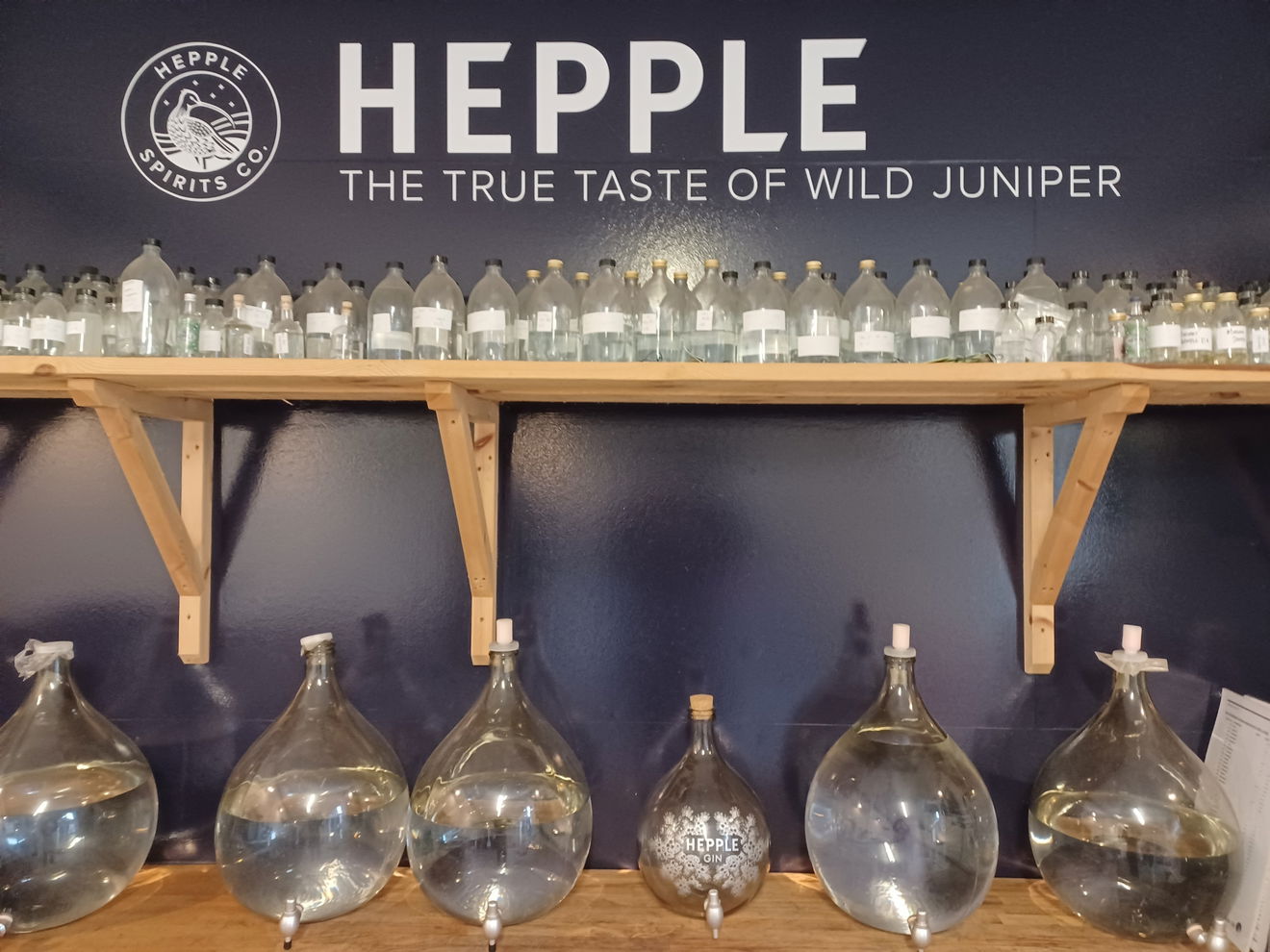
From the distillery we then headed out into the wider estate, and it wasn't long before we got our first glimpse of some of the local wildlife when a Roe Deer darted across the track in front of us. A short climb through some woodland saw Richard finding some fascinating fungi for us to look at; False Turkey Tail and Candlesnuff fungus, before we emerged out into some heather moorland, where we passed the remnants of what was a duck pond that may well have dated back to Roman times. Why would a duck pond be found out on some moorland? Well as Richard pointed out, there was an Iron Age Hill Fort right next to it! The ramparts are clearly visible and Witchy Neuk, or Whitefield Camp as it is also known, gets its name from the legend that “Meg O' Meldon”, one of Northumberland's most famous witches, rested on the rocks that form one of its flanks during a nighttime broomstick trip.
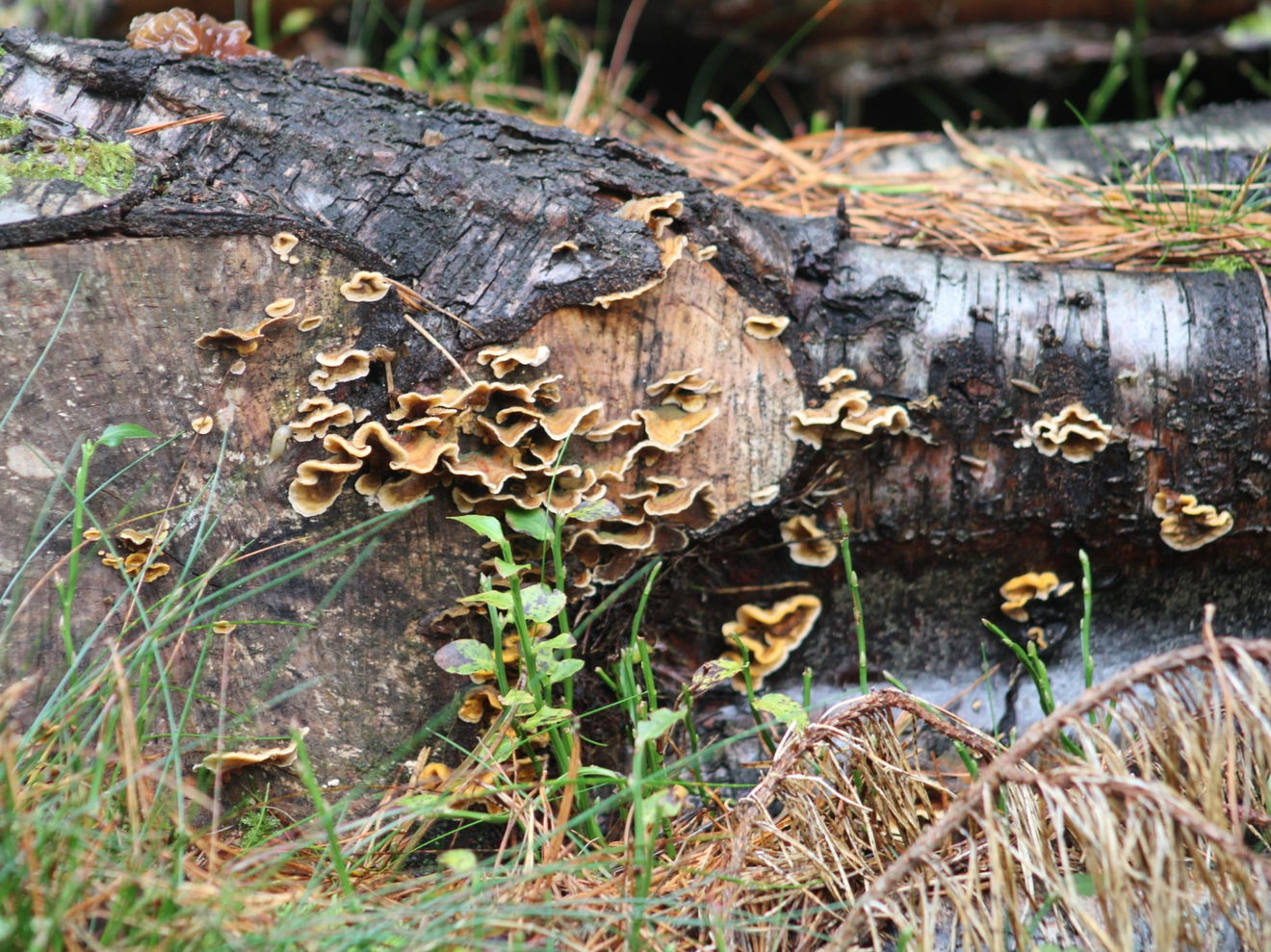
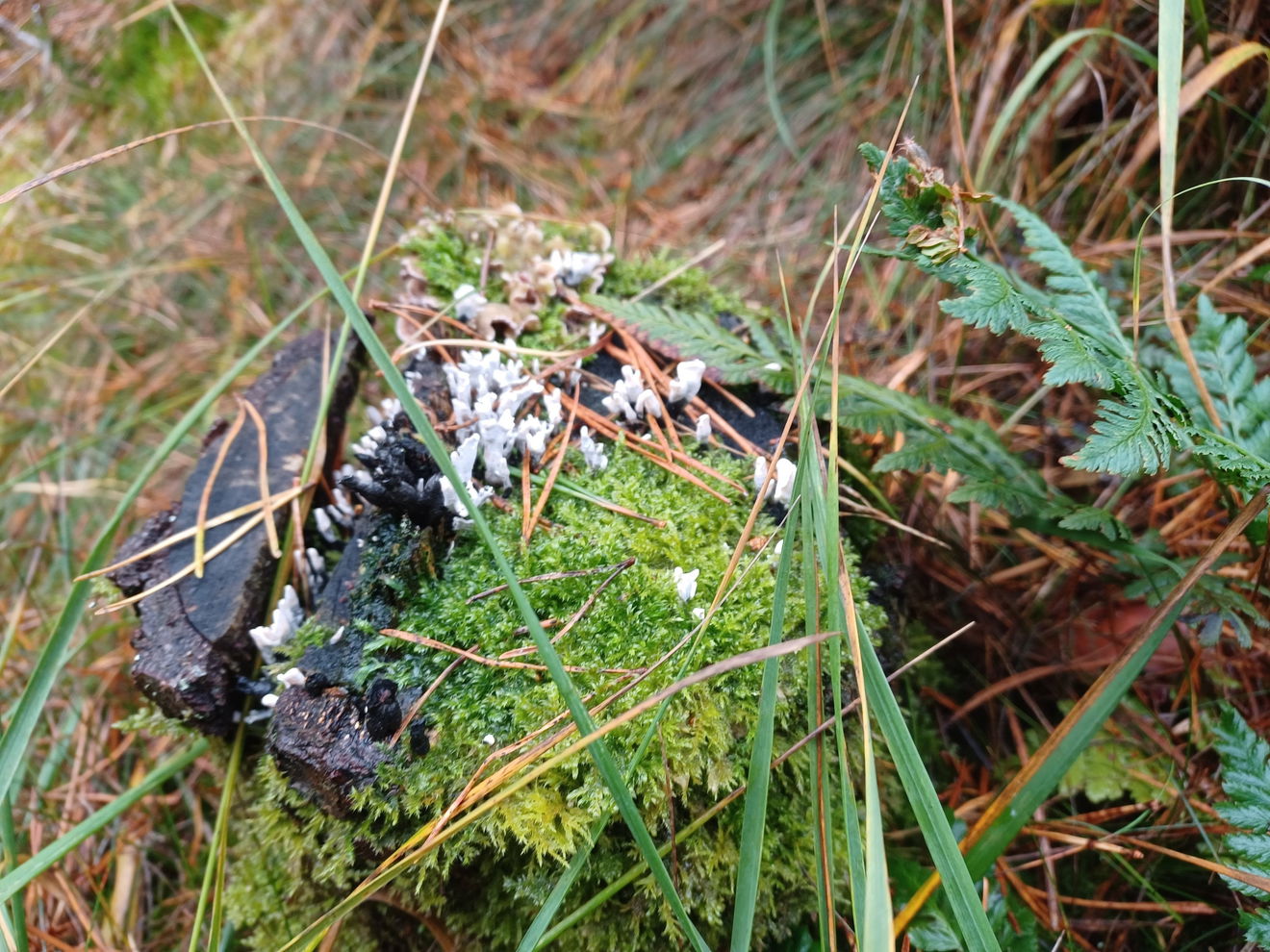
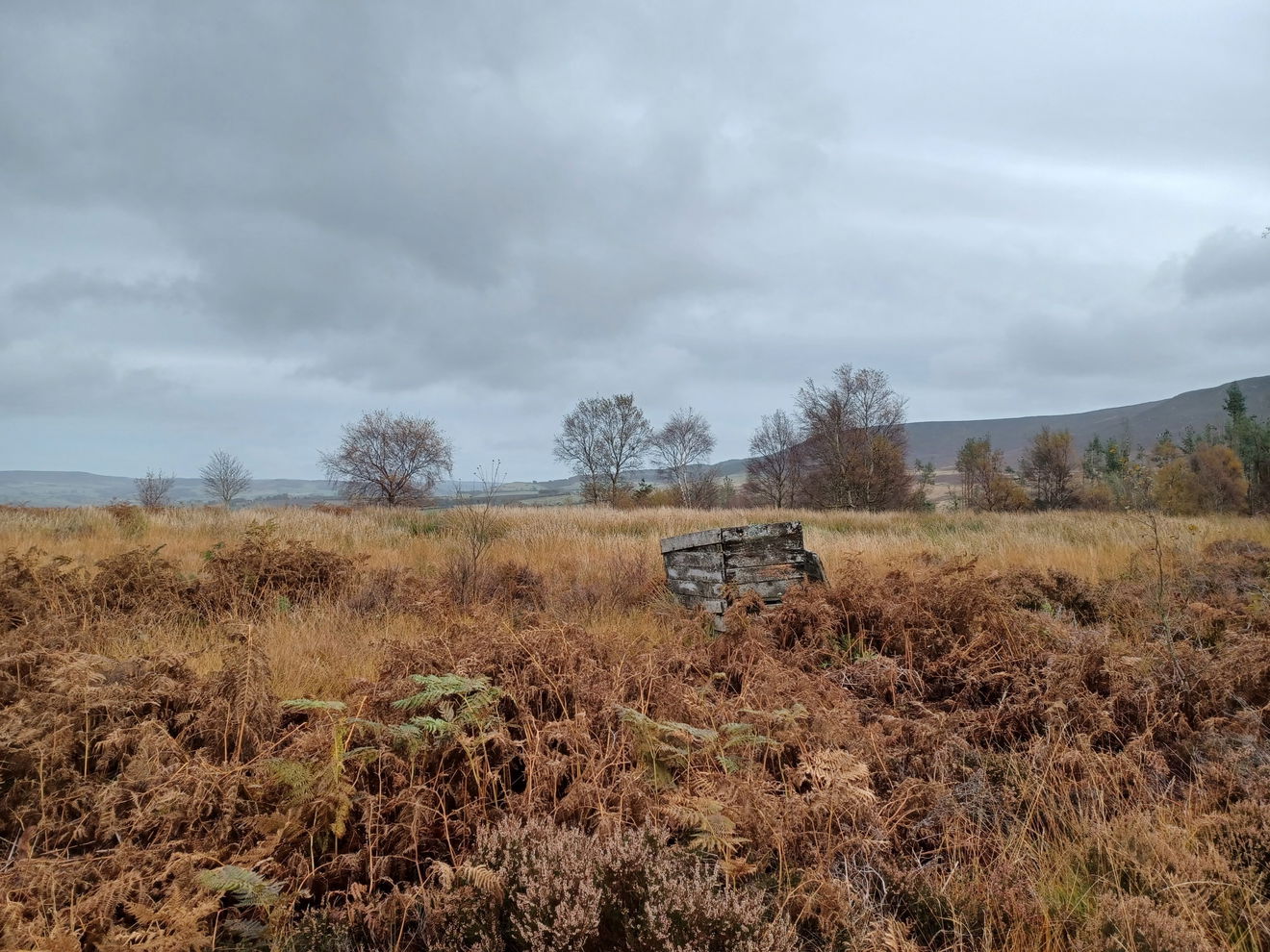
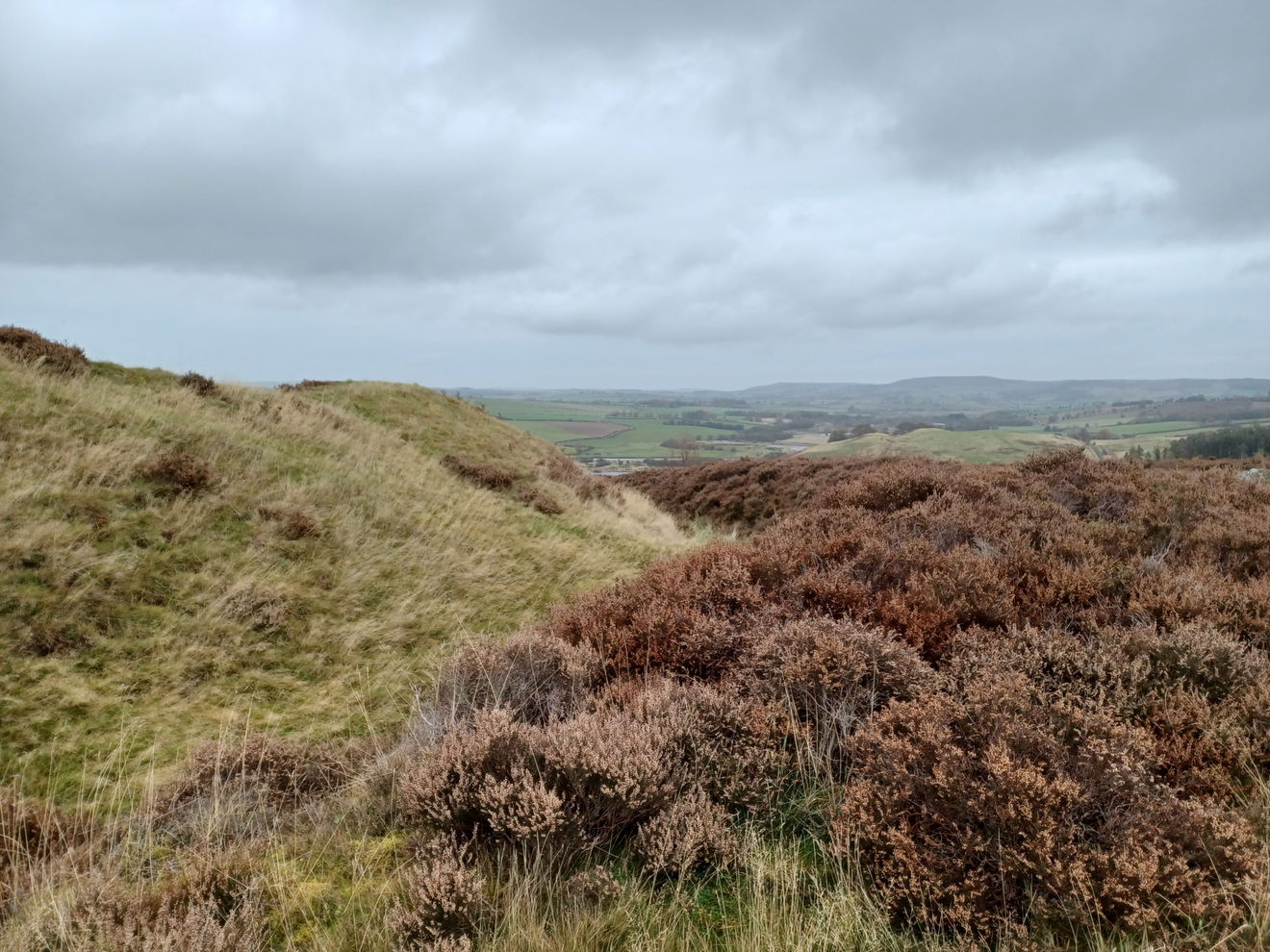
Our next stop was at the location of the first aromatic that can be found within Hepple Gin, Bog Myrtle or Myrica gale to give it its Latin name. As you may expect the woody shrub was in an area of boggy ground and we were each given a piece of it to crush up and smell. It is quite a sweet smell and I thought there were hints of citrus and this may be why it is used as a natural insect repellant as well as a flavouring in beers and gins.
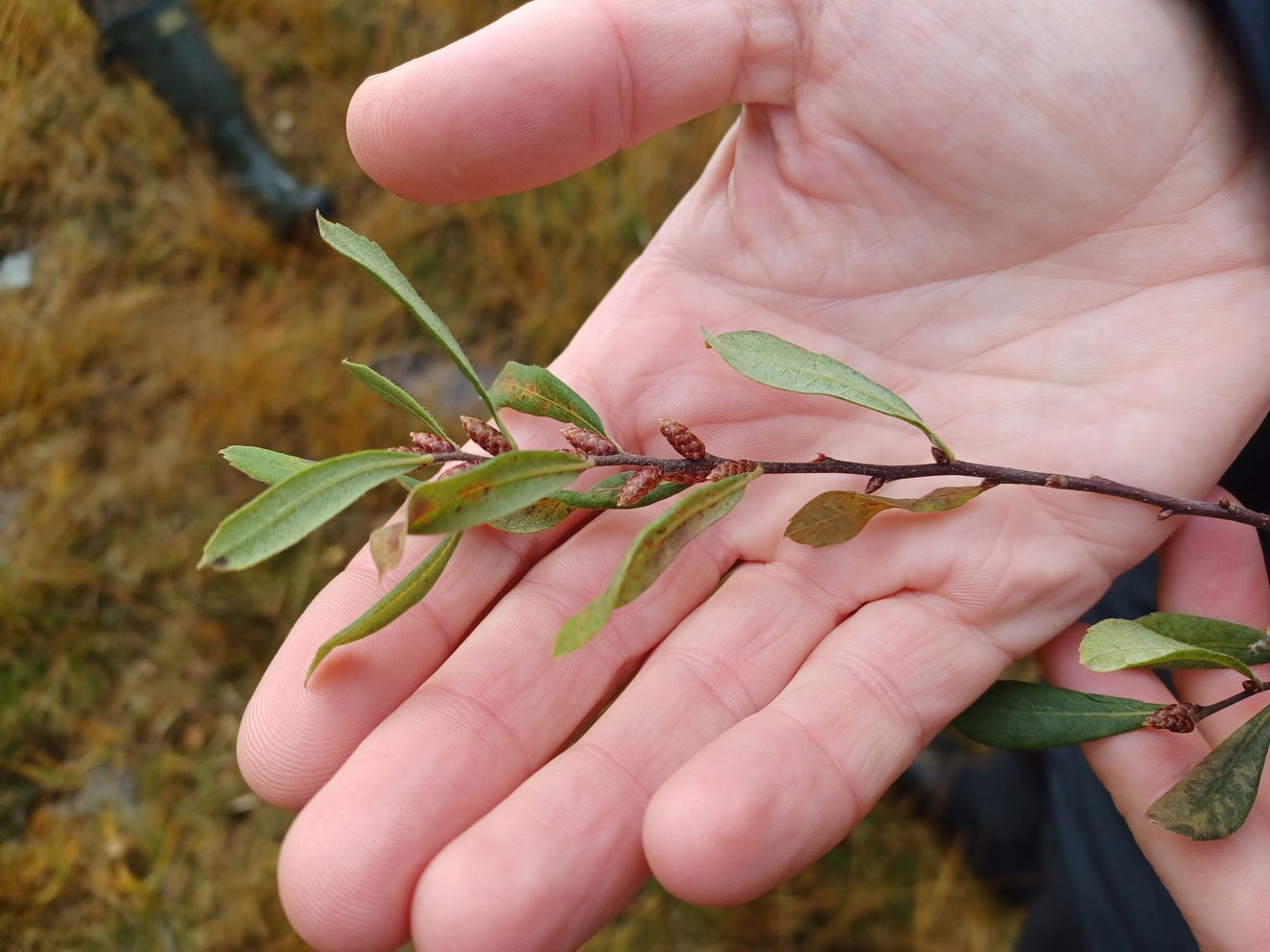
One of the reasons for it being found within the estate is that some of the first work done on the rewilding project was to stop draining the water off the peat bogs, heathland and wider estate. This has a number of impacts, firstly it means rainwater doesn't get channeled into the surrounding water courses as quickly, meaning that it helps to reduce flooding downstream, secondly it means that the peat bogs don't dry out, which is important as huge amounts of carbon are stored within them, and on drying, the peat breaks down and releases all that carbon back into the atmosphere, contributing to climate change. Finally, the wetlands that are created form new habitats for plants, invertebrates and other animals.

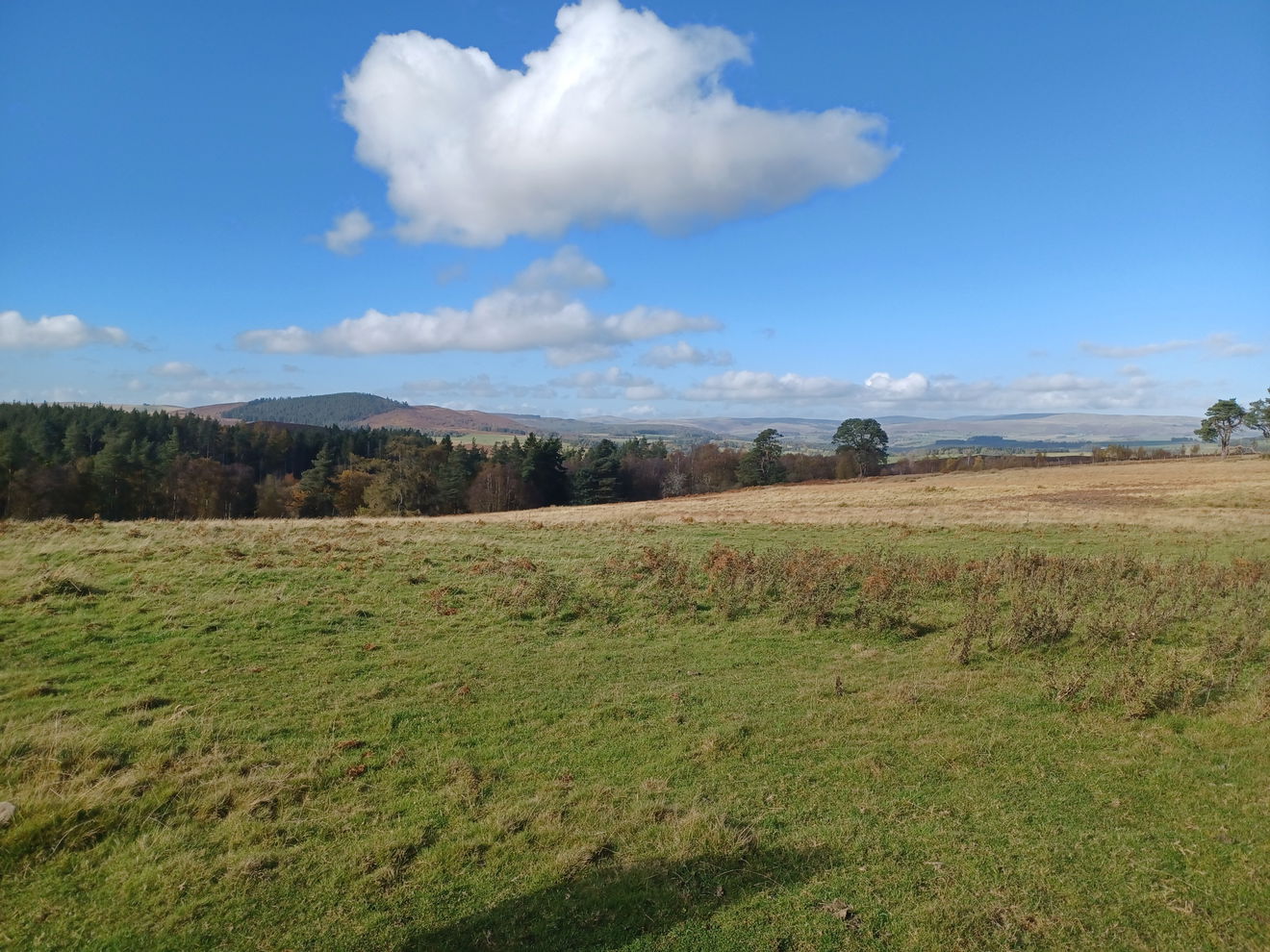
At this point it was time for lunch, and as you would expect being in the midst of Northumberland National Park, the views and location for lunch were spectacular. We had our lunch of a sandwich, some fruit and a fantastic piece of flapjack (other cakes were available), which is provided as part of the tour, sat on the veranda of a shepherd's hut overlooking the surrounding hills. While you could hear the occasional thump of shells on the nearby Otterburn Ranges, that just added to the experience. It was also tempered by Richard breaking out a bottle of Sloe and Hawthorn Gin for us to sample. A very civilised lunch, and the sloes and hawthorn berries were foraged from the Hepple Hills.




Fully fed and watered we headed off again through a small area of woodland, over the Swindon Burn, past some impressively large fungi and out towards “Pigland”. We had been warned that the five Mangalitsa Pigs that call the Hepple Estate their home were occasionally difficult to find but Richard took us to where he had seen them on previous walks in the hope that they would be there. By this point the sun was shining down on us and it seems so was Lady Luck as there in an open field were all five pigs, sunbathing and rooting through the soil.
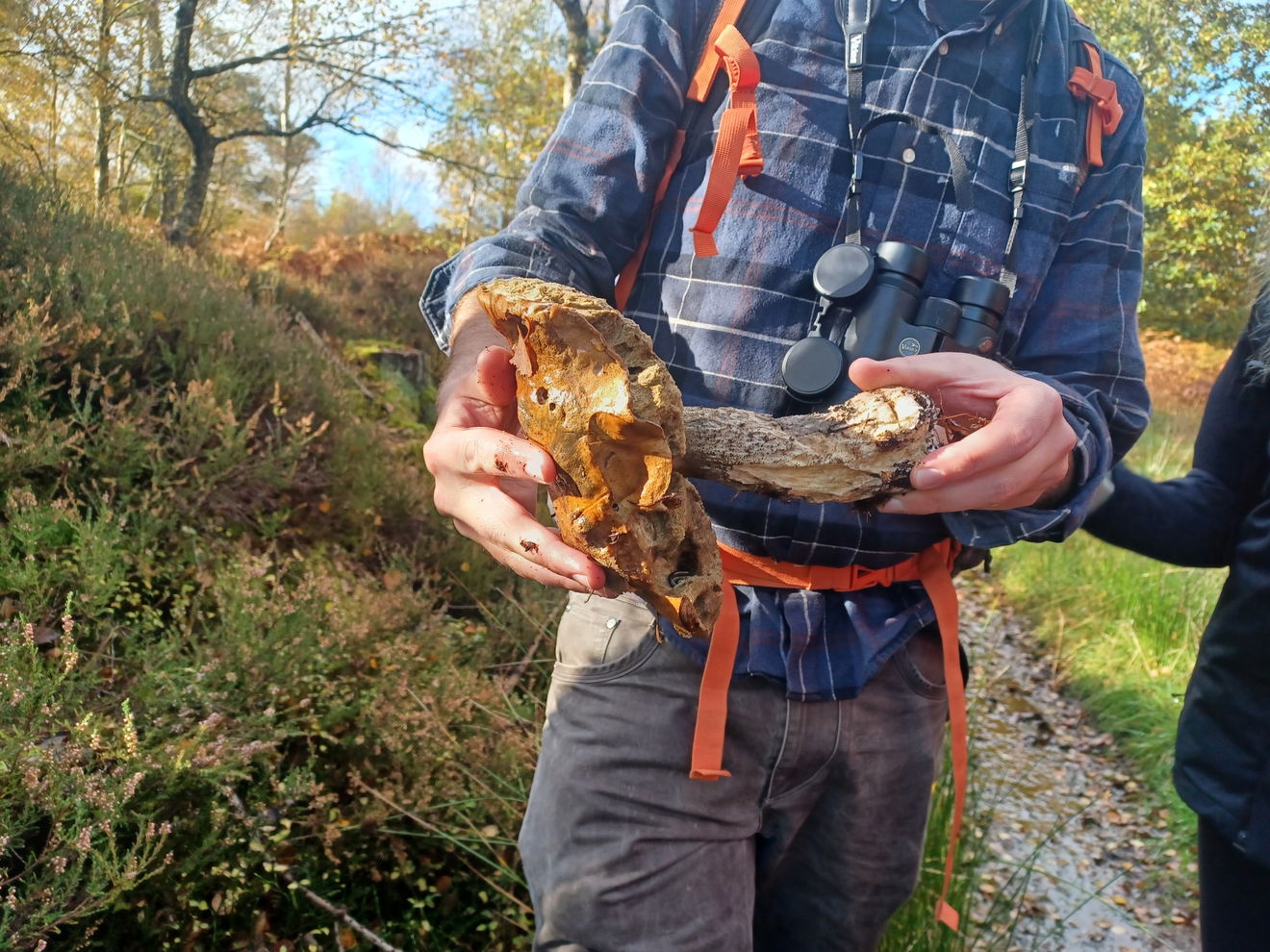
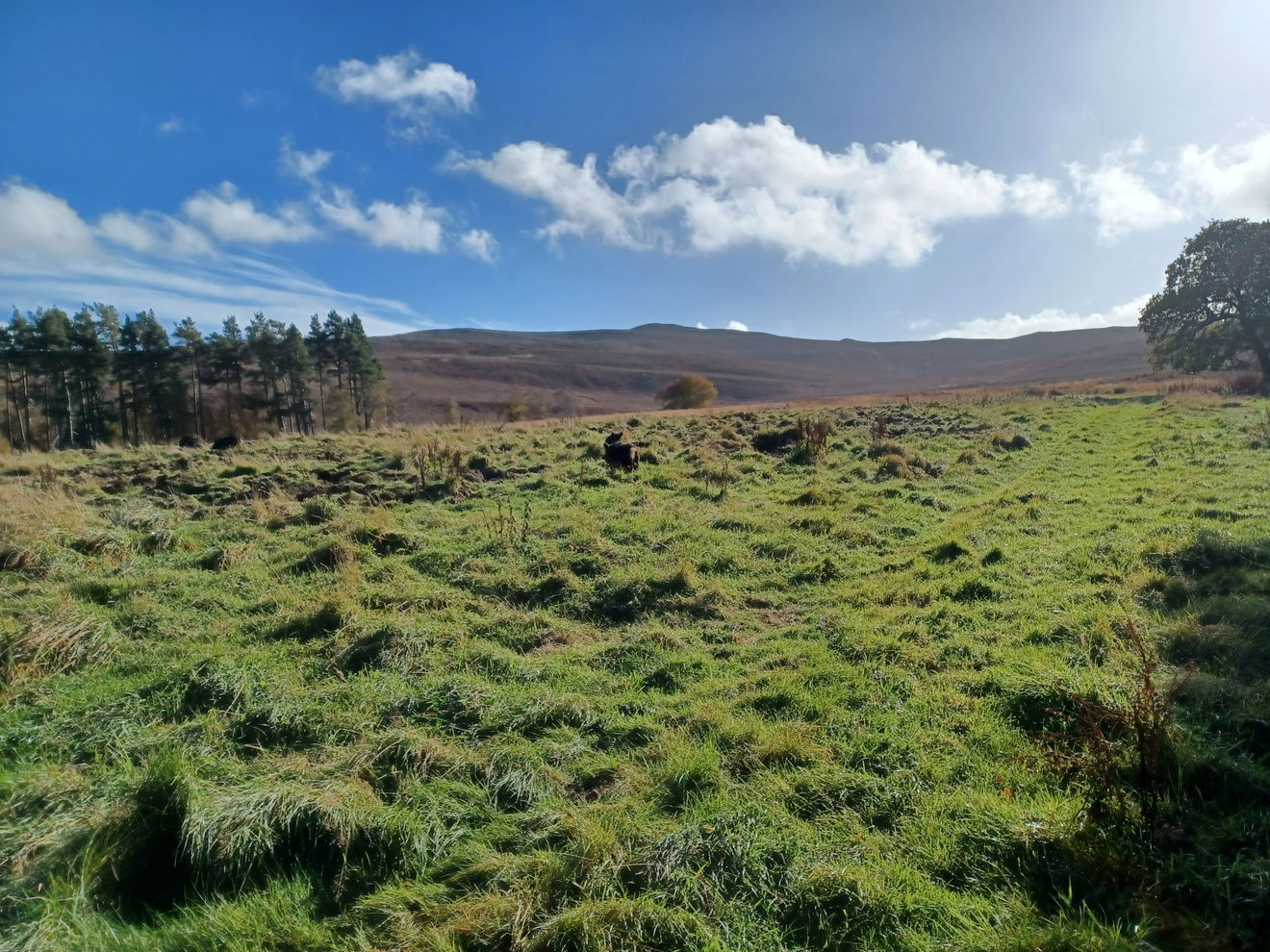
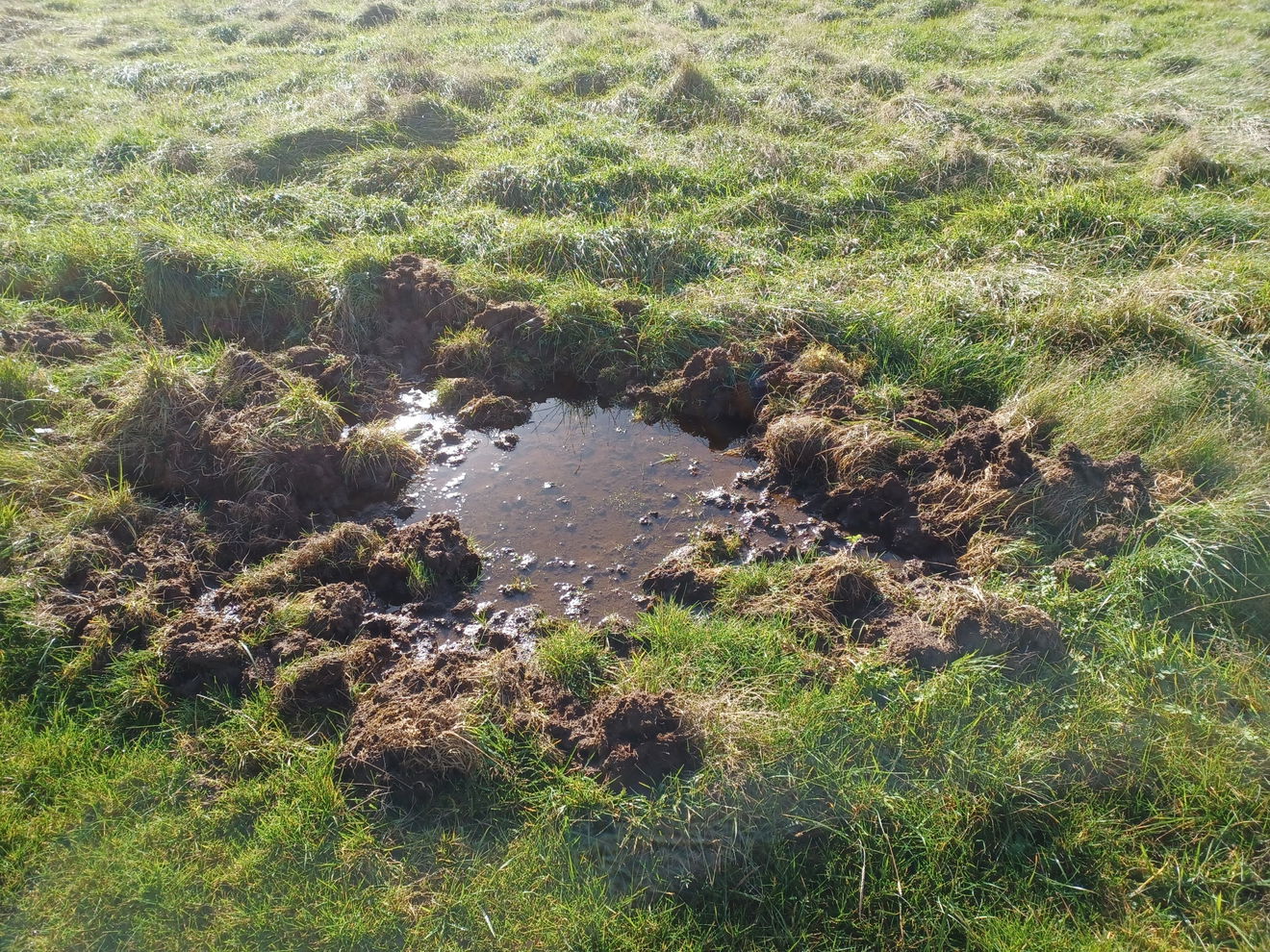
We learned that they are great for rewilding as they will eat almost anything and they also turn the soil over meaning that seeds that would normally be swamped by the grasses, get a chance to germinate, leading to more diverse grassland areas. One of the pigs was certainly curious and wandered over to say hello, although we suspected that it was really just seeing if we had anything to eat. After the sheep were removed from the estate, Longhorn Cattle and Exmoor Ponies were introduced along with the pigs to graze the land, and although we only saw them from a distance, they do move around so you may be lucky to see them up close.
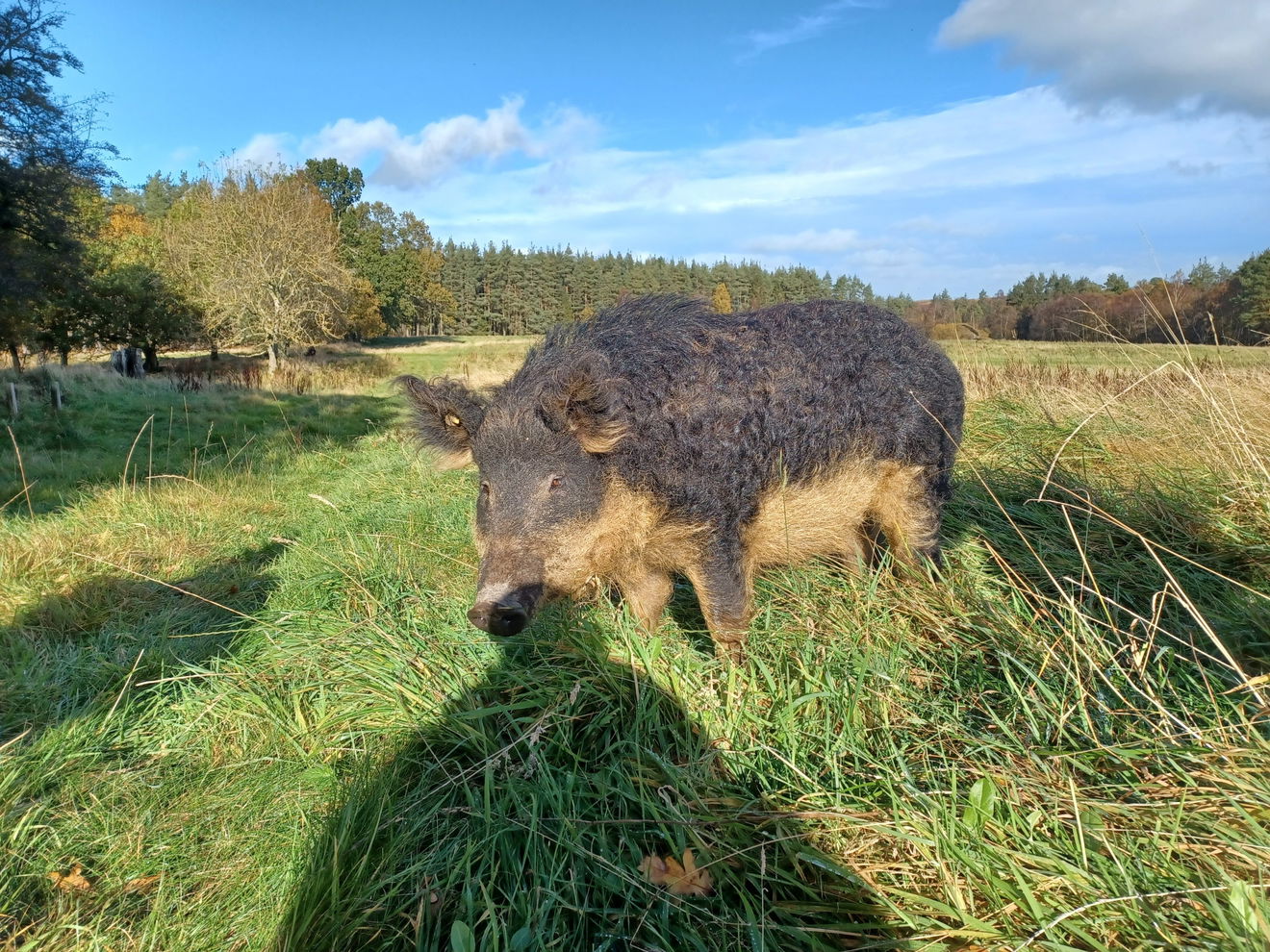
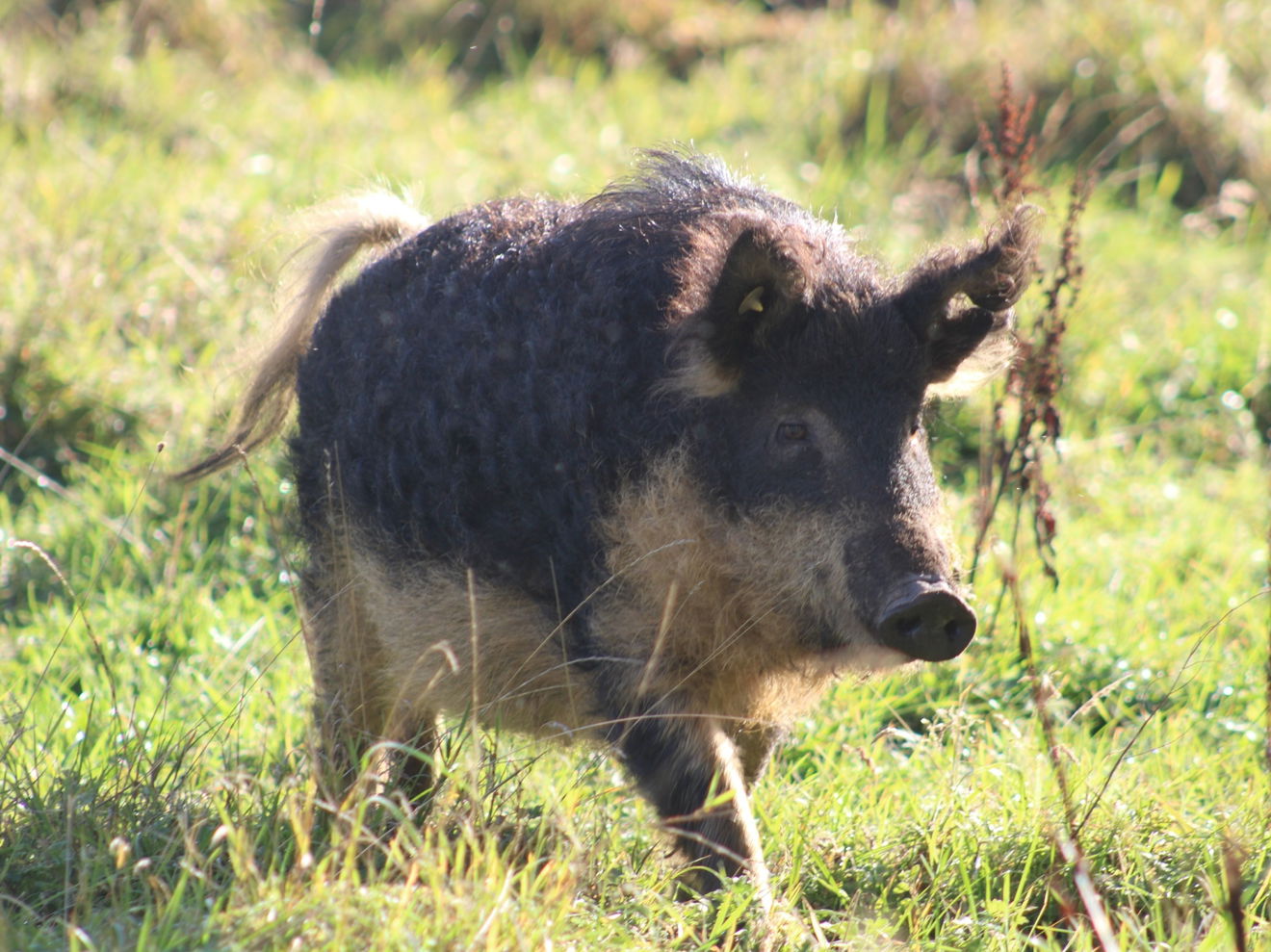
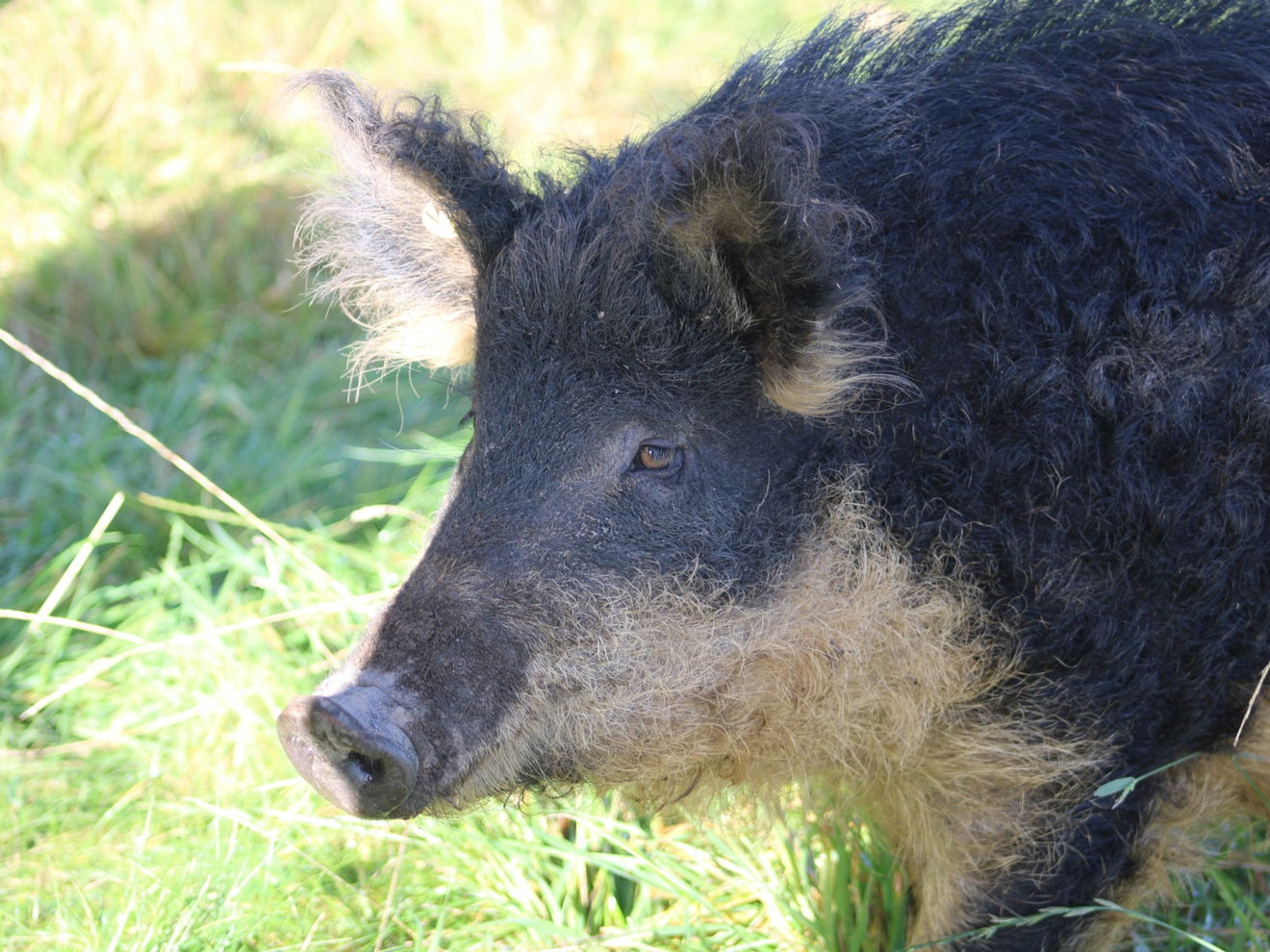
Buoyed by our meeting with the pigs we carried on our walk to a small stand of Douglas Fir trees, where, as if by magic there was a table with some glasses and a bottle of Douglas Fir Vodka! Standing in the sunshine, sampling vodka beneath the tree that has provided the flavour certainly beats sitting in the local, and those of us who were driving were treated to a non-alcoholic “scrub” made from apples from the garden at Whitefield House. We were also taught how to identify Douglas Fir cones and the distinctive feature to look for, although the story of how those features got there was very sad, especially for the mice...




Now some of you may have spotted that when it comes to gin there is one major botanical we haven't encountered yet, Juniper or Juniperus communis. It turns out Juniper bushes are actually quite rare, especially in our part of the world, and this is in part due to the fact it takes them 20 years to get to the point where they produce the cones, which look like berries, needed for reproduction. The Hepple Estate is lucky to have some Juniper patches and as the final stop we arrived at one on the heathland. We all had the chance to crush some of the berries to get that distinctive gin smell before we were taken around the side of the bushes and into the highlight of the trip.
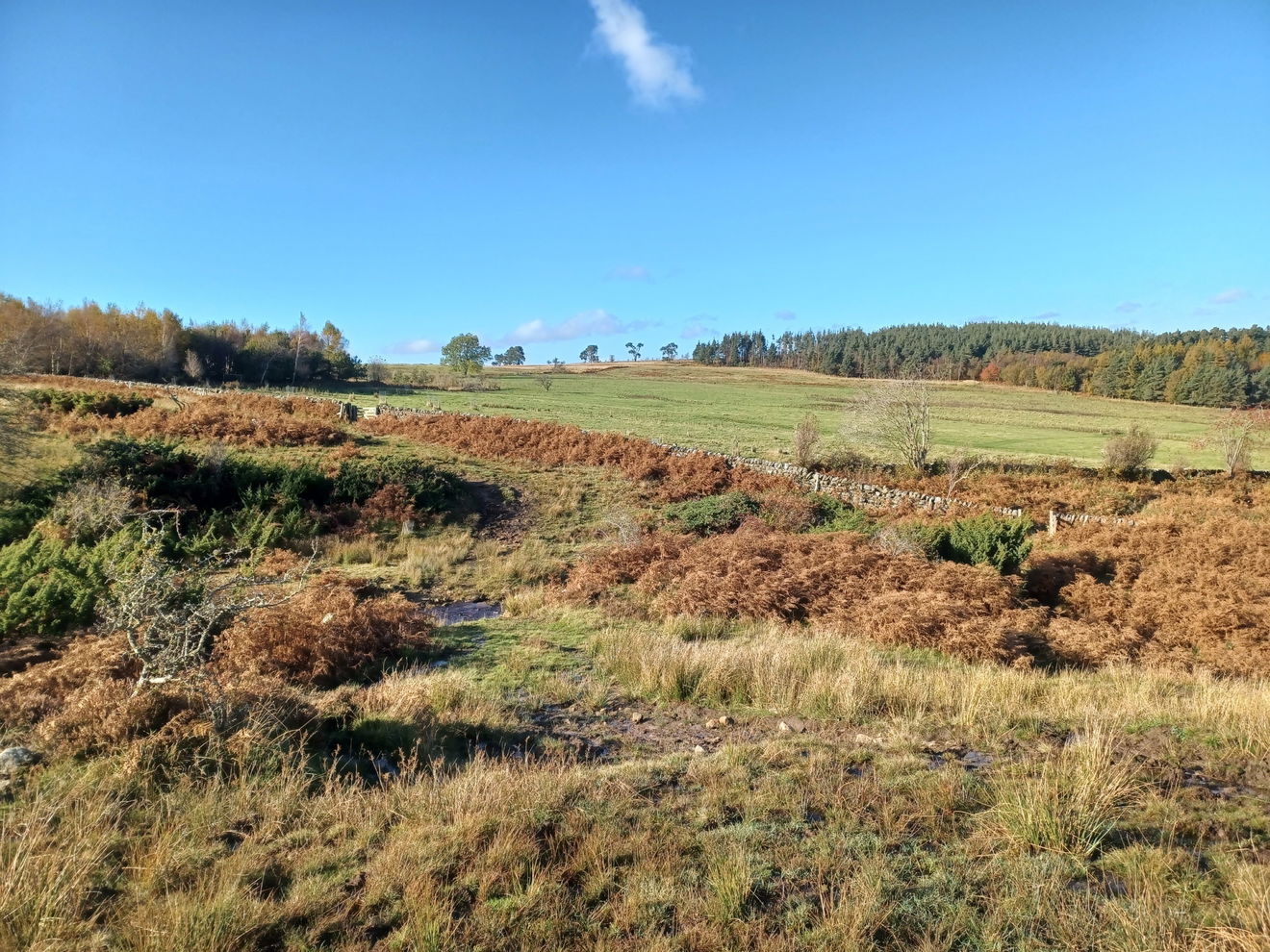
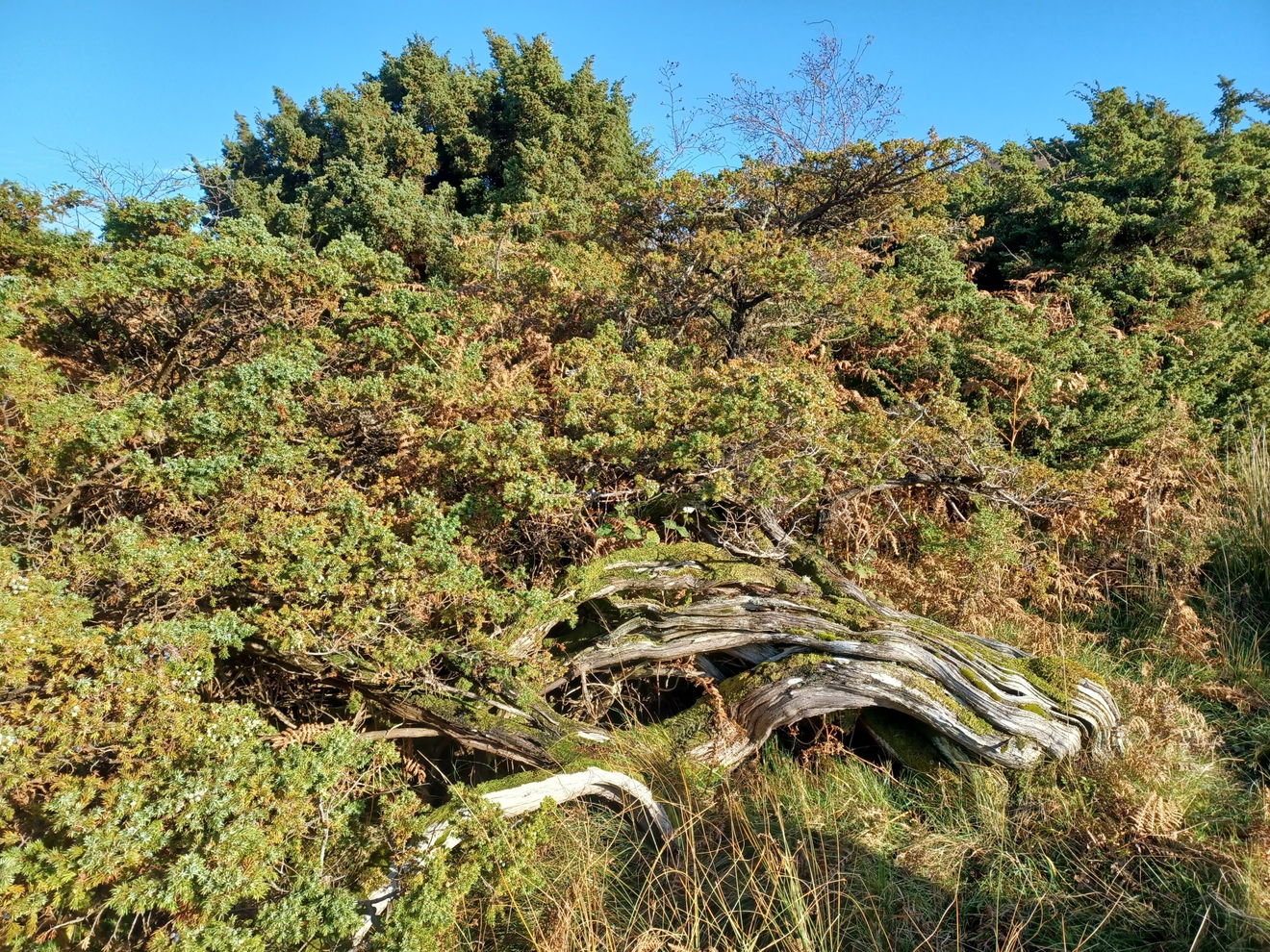
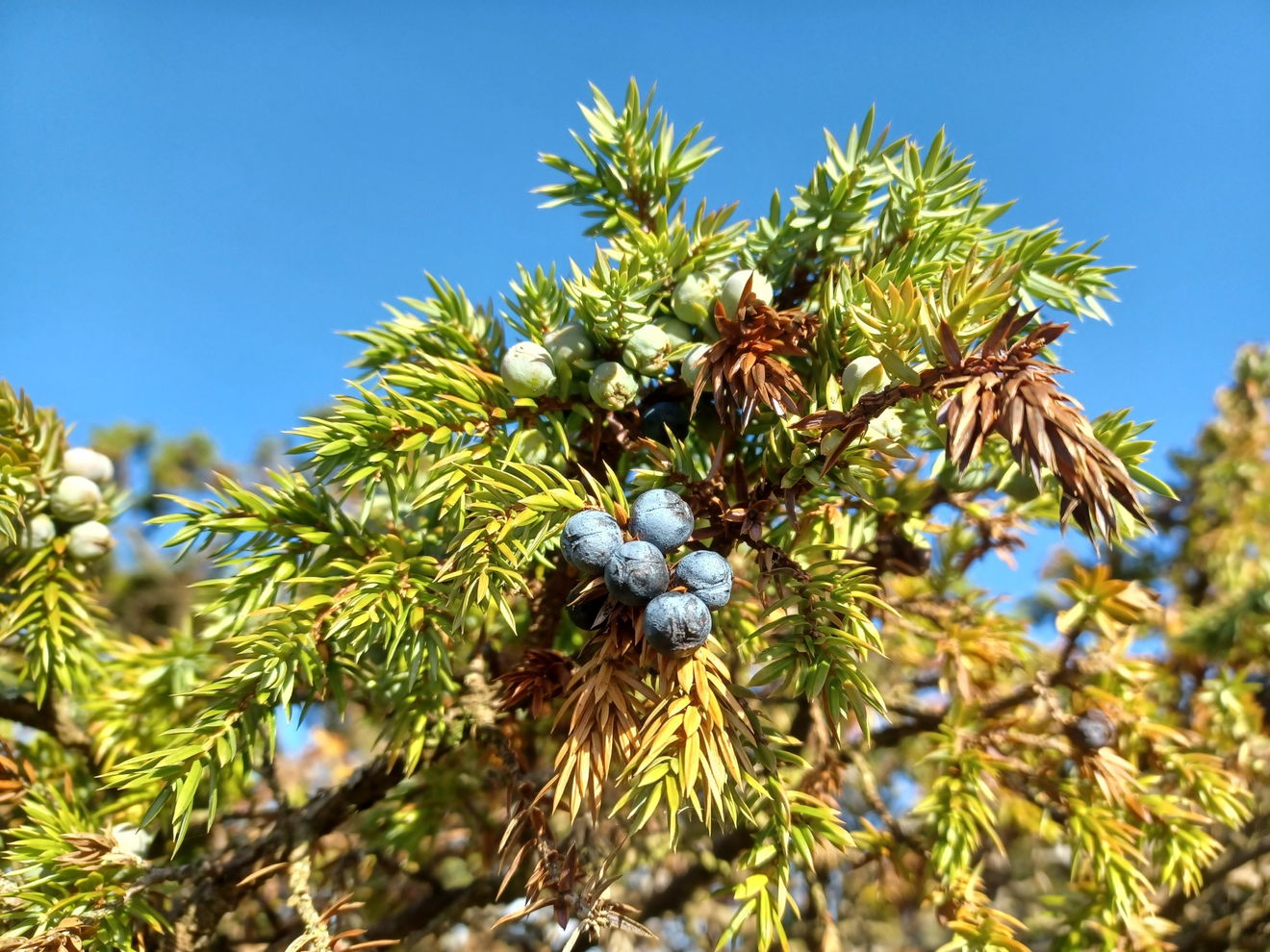
If you had told us at the start that we would end up drinking a gin, stood at a pop-up bar in the middle of a Juniper bush we would have no doubt thought you mad, but here we all were doing just that. It really adds to the experience when you can have your drink fully immersed in the landscape that has helped to create it. There were more “scrubs” for the drivers and more gin for the non-drivers, and this may have lead to the suggestion that this place should be named “The Junibar”, but we aren't sure that it will catch on!
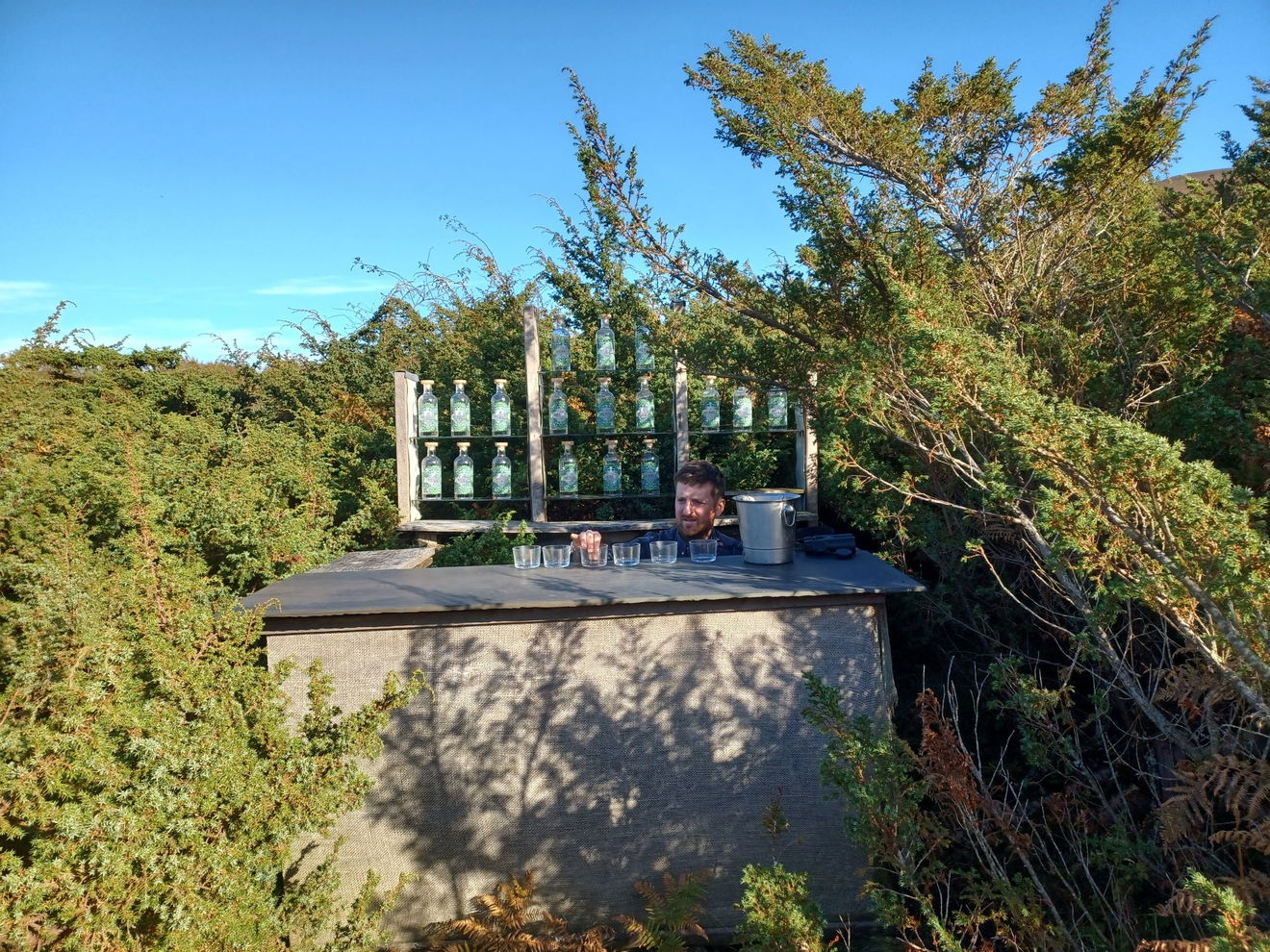
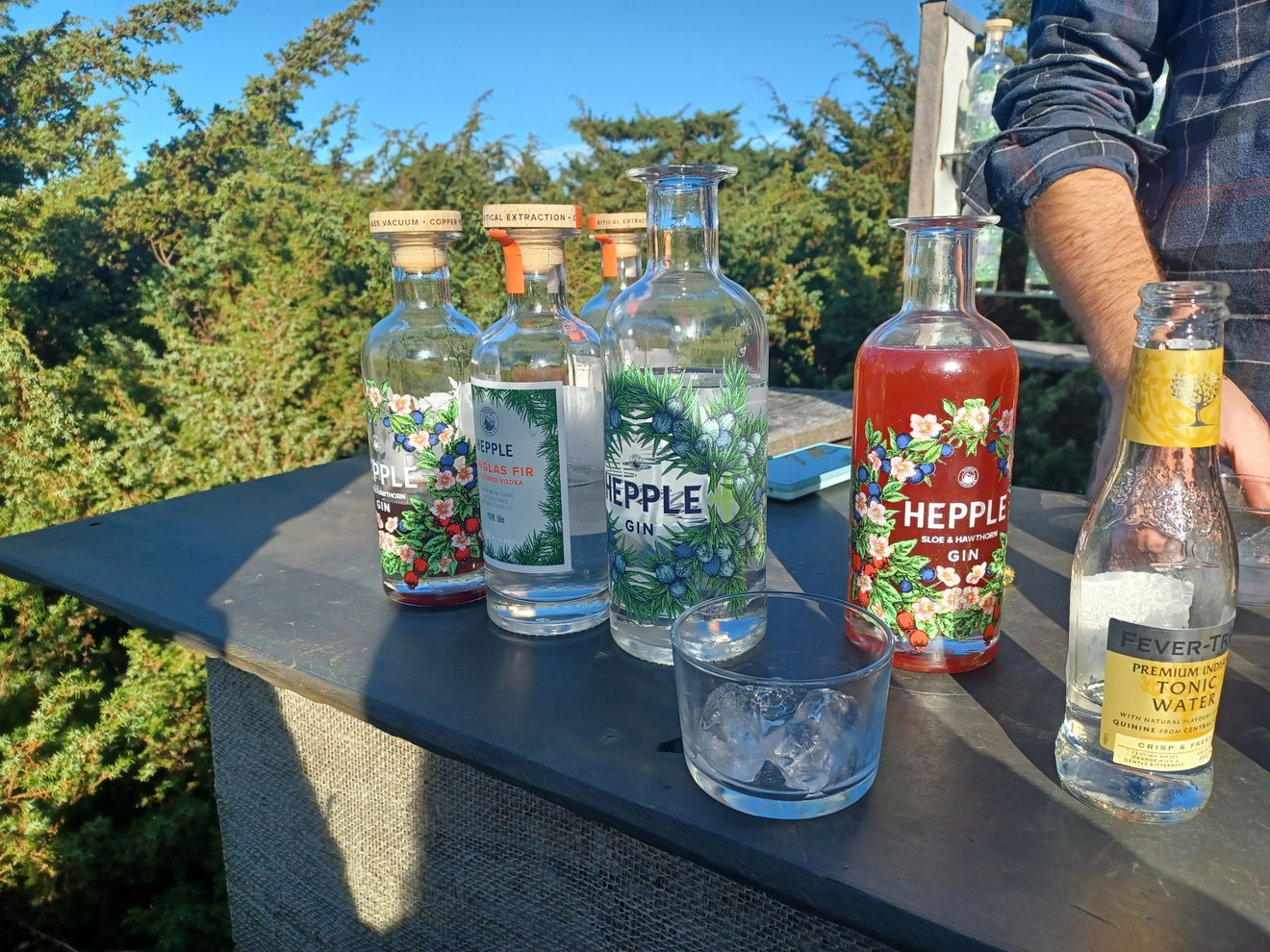
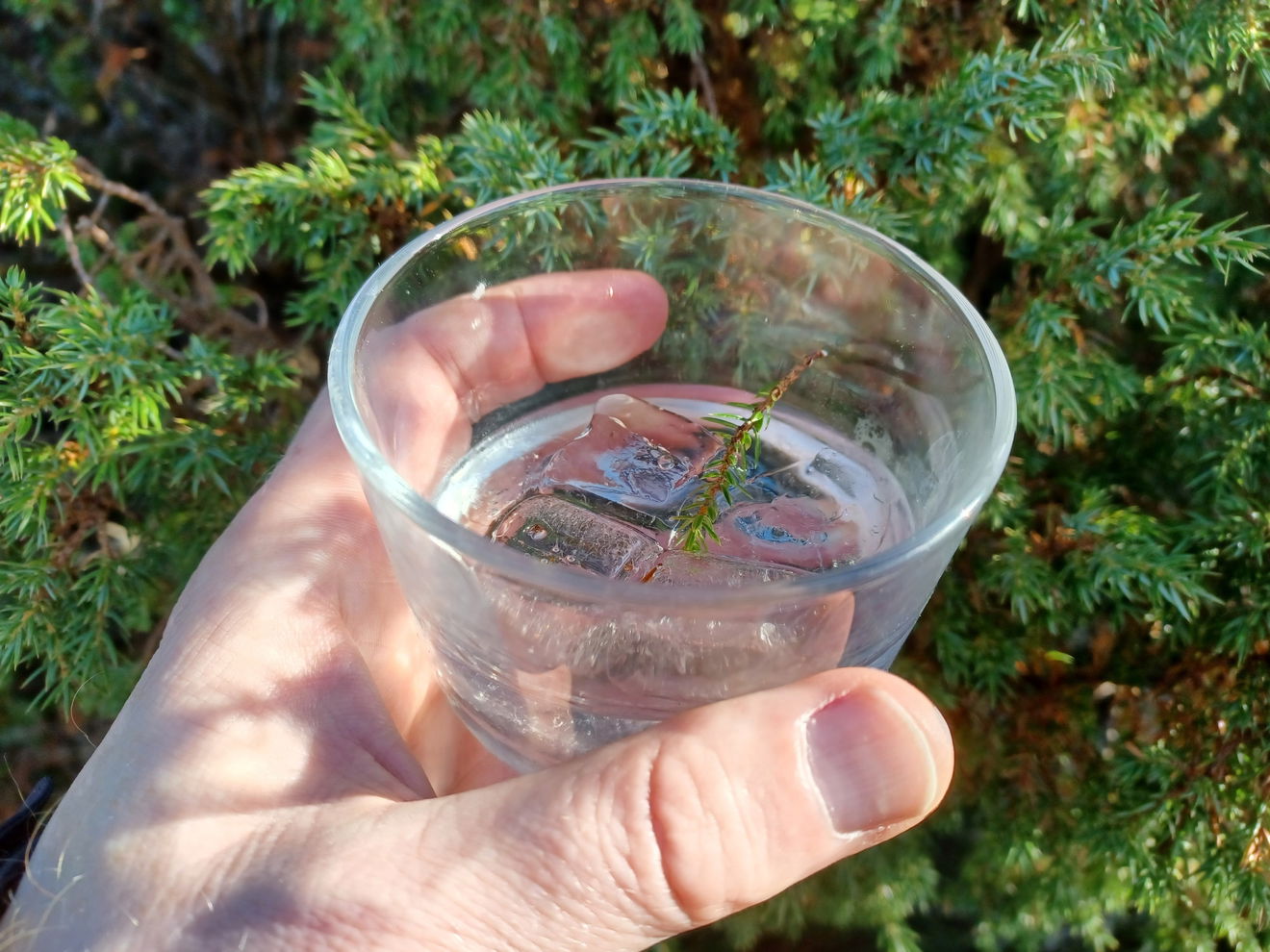
From here all that was left was for our, by now very merry band to head back through some more woodland, across a field and back to our starting point at the Whitefield House garden, where we were given the chance to buy the good stuff we had been sampling, before heading our separate ways.
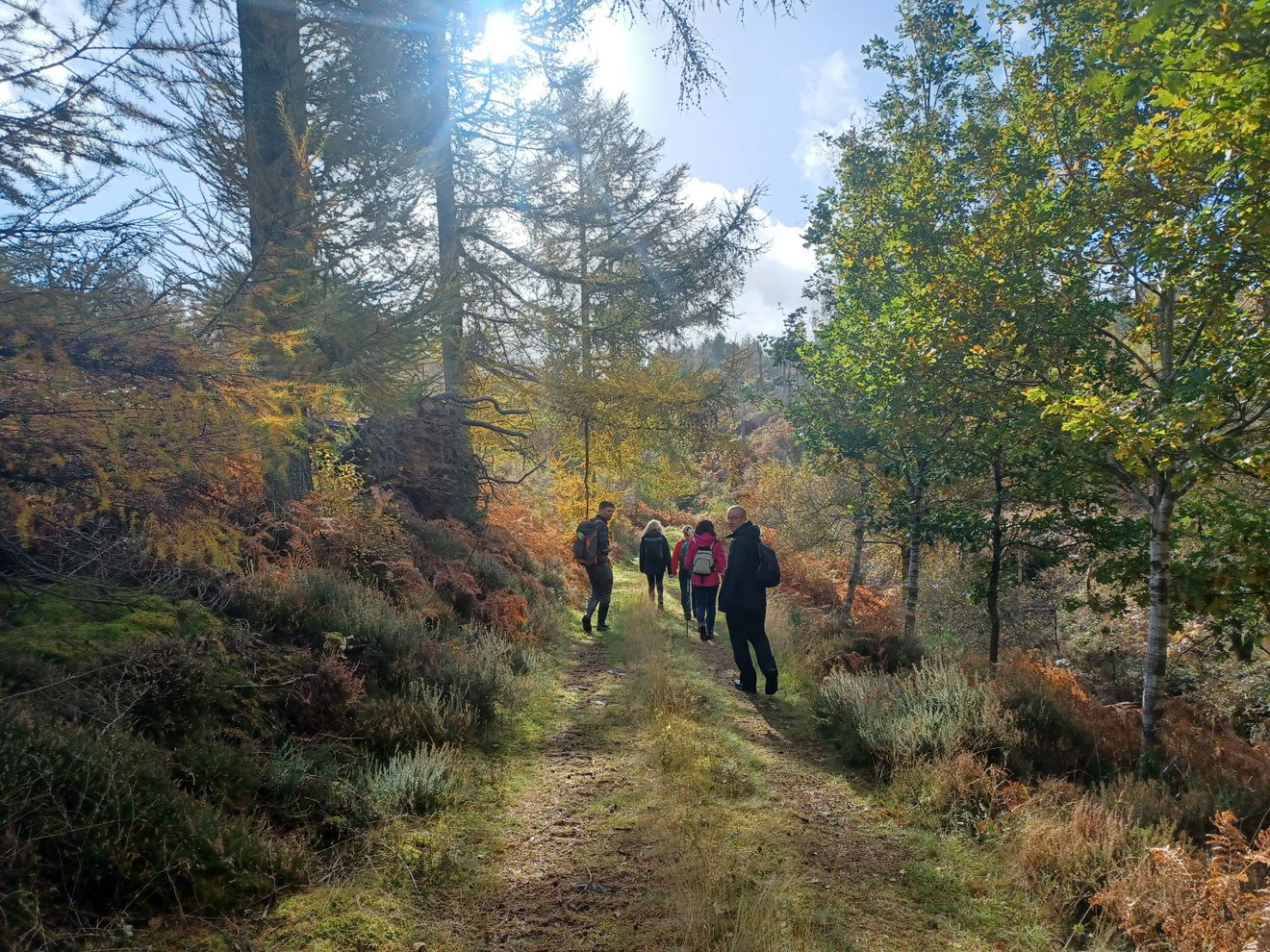
We can honestly say we had a fabulous day out, the food was great, the drink even better and Richard, our guide, was full of knowledge and enthusiasm which made for a fascinating few hours learning all about the managed rewilding of Hepple Estate. It's a great idea for a birthday or Christmas present for the gin / nature lover in your life. For more information on the tours on offer, follow the link here for Hepple Wild Tours.




Get 4 points if you have visited this place. Already visited by 11 VIPs.
Login to the VIP area to add places to your bucket list, mark them as visited and more importantly see where you rank on the league table.
How To Find Hepple Wilds
Where To Park For Hepple Wilds?
Lat / Long
55.286128, -2.023414
What three words
Contributed by Andrew Gardner
I love being outdoors, in nature, and experiencing the relaxation it brings. Wandering through the northern countryside seeing unexpected buildings, historic places and occasionally surprised wildlife is one of life's great pleasures.
More Places from Andrew
More Places In Harbottle
Find more fabulous places in Harbottle, Northumberland and if you know of a place we haven't listed, then let us know.
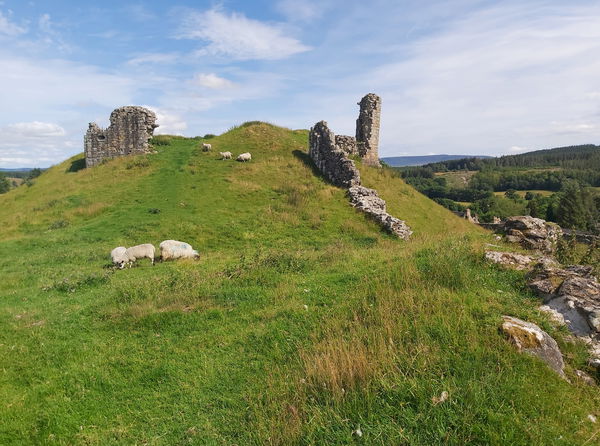
Harbottle Castle
Castle Harbottle NorthumberlandA ruined medieval castle situated at the west end of the village of Harbottle.
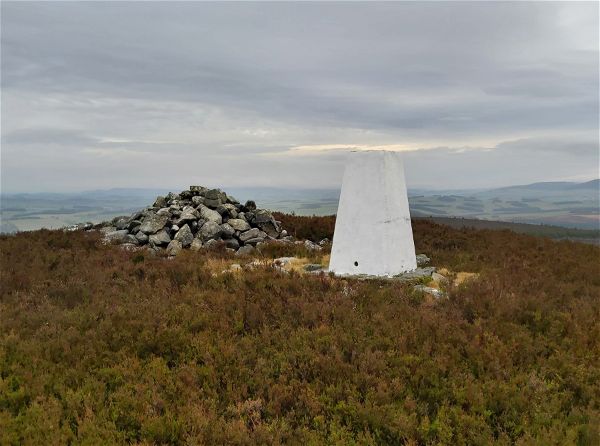
Harbottle Trig Point
Trig Point Harbottle NorthumberlandThe trig point called Harbottle sitting on top of Cold Law (361m).

Pedlar's Stone
Crag, Rock And Cairn Harbottle NorthumberlandA hidden away old marker stone in the wilds of Coquetdale delineating the boundary between Harbottle and Hepple.
More Landscapes
So this landscape wasn't enough and you want more? Don't worry we have you covered.
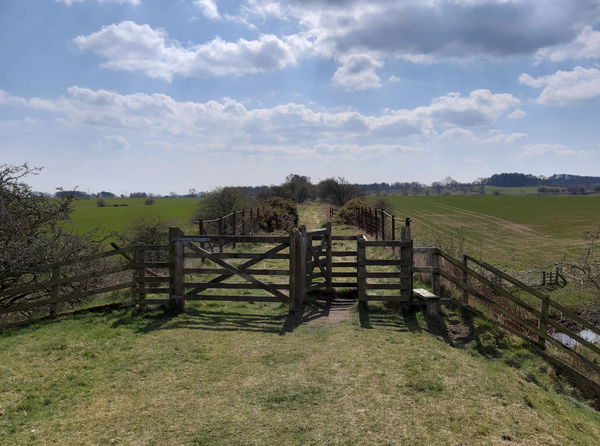
Wannie Line
Landscape Morpeth NorthumberlandThe route of the former Wansbeck or "Wannie Line" railway line that ran from Morpeth to Reedsmouth and Rothbury.
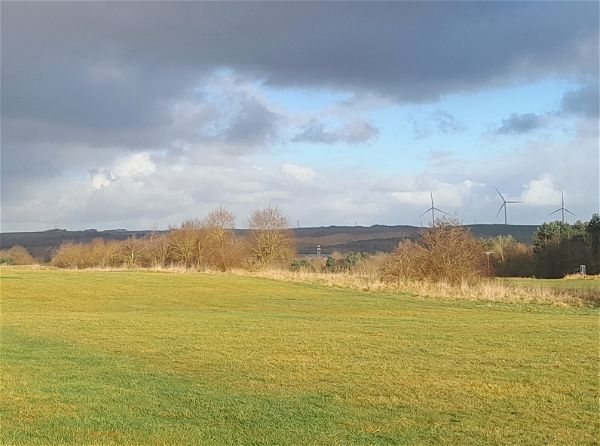
Elemore Park
Landscape Houghton-le-Spring Tyne And WearFormer golf course with far reaching scenic views, a café with a model of an early steam engine by Stephenson.
Never Miss A Fabulous Place
If you are afraid of missing out on all the fabulous places we post, or just want to be the first to know, then sign up to the Fabulous North.
Each week we will email you all the brand new places that we visit.
Sign Up To AlertsFind Us On Facebook
We post all our new places daily on our Facebook Groups page, so join the group today and be notified when we add a new place.
Join Our Facebook GroupHepple Wilds was listed in Landscape // Northumberland // Harbottle


